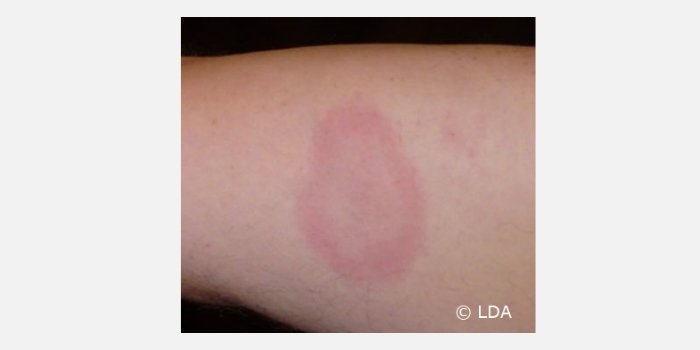Lyme disease toolkit
This toolkit is a user-friendly guide to Lyme disease for general practitioners and other healthcare professionals.
- Lyme disease, also known as Lyme borreliosis, is a zoonotic bacterial infection caused by the spirochaete Borrelia burgdorferi, transmitted via the bite of an infected tick.
- It is the most common tick-borne disease in the northern hemisphere and is increasing in incidence. It can affect adults and children of any age.
- Ticks, the vector for Lyme disease can be found throughout the UK and Ireland - in urban parks and gardens as well as rural areas.
- Ticks feed on and are carried on wild mammals and birds. Their bite is usually painless. They can be very small and may go unnoticed.
- Prompt correct tick removal decreases the risk of infection. There is no proven minimum time of attachment needed for transmission of infection.
- An erythema migrans (EM) or bull’s eye rash is diagnostic. It may be atypical and may be absent in at least 30% of cases. Serology is not required. Antibiotic treatment should be initiated - as per NICE guidance NG95.
- Early symptoms may be flu-like and non-specific (with or without an EM rash).
- Diagnosis can be difficult and should be based on a detailed clinical history (including travel history) and examination.
- Lyme serology tests may be unreliable, especially in early disease. A negative test does not exclude the diagnosis. There is no test of disease activity or cure.
- Early diagnosis and adequate treatment provide the best chance of cure. Late diagnosis and inadequate treatment may result in continuing health problems.
- There is no international consensus on the required duration of treatment.
- There is no international consensus on the cause and management of persistent symptoms.
Image of EM rash
